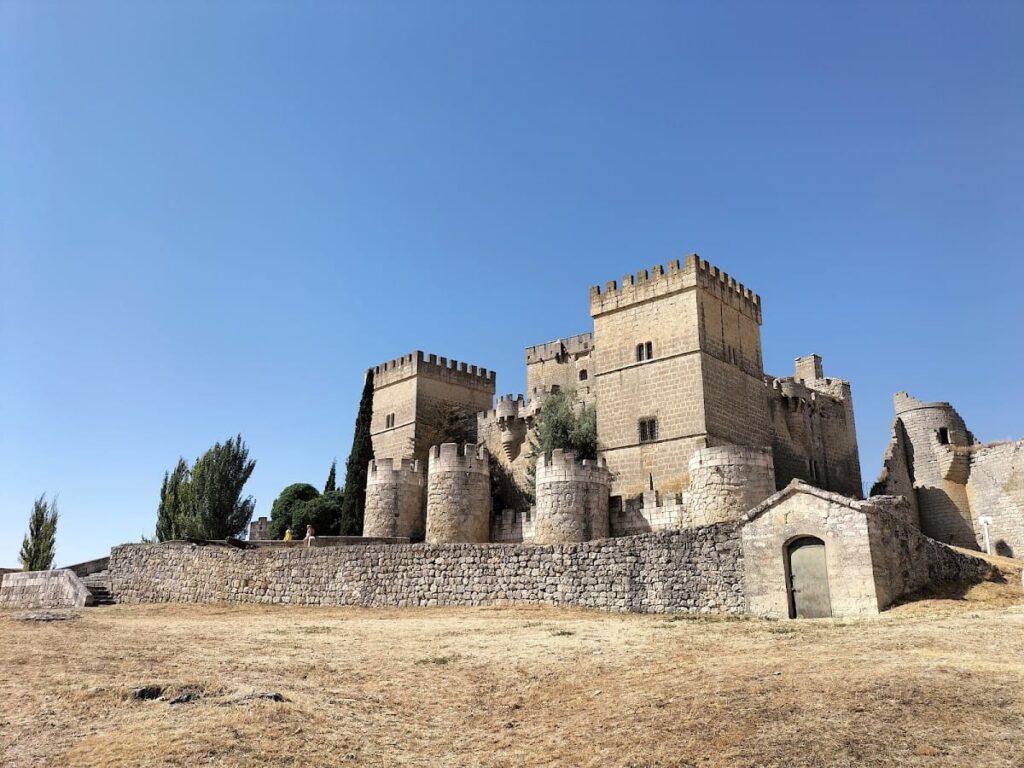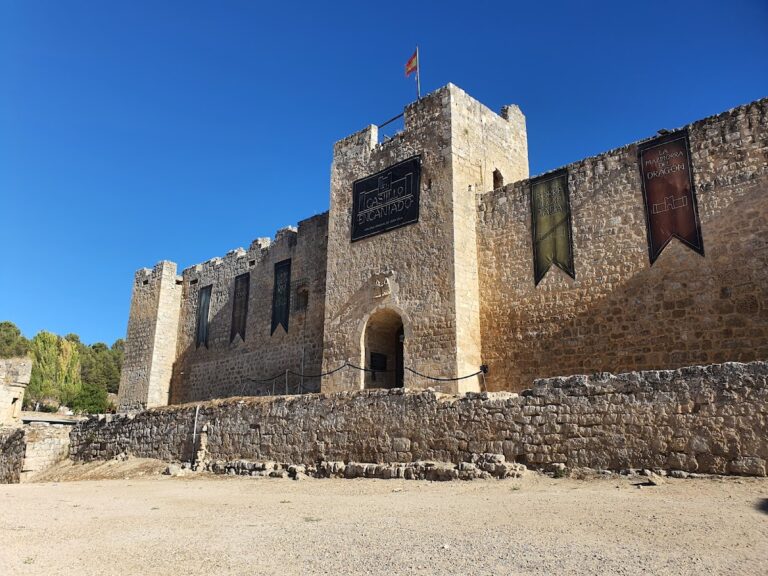Ampudia Castle: A Historic Medieval Fortress in Palencia, Spain
Visitor Information
Google Rating: 4.4
Popularity: Medium
Google Maps: View on Google Maps
Official Website: www.castillodeampudia.es
Country: Spain
Civilization: Medieval European
Remains: Military
History
Ampudia Castle is located in the town of Ampudia, within the province of Palencia in northern Spain. It was built during the late Middle Ages by the Castilian nobility, specifically under the direction of García López de Ayala between 1461 and 1488. García was the lord of Ayala and Salvatierra and the son of Pedro García de Herrera, the first to hold the Ampudia mayorazgo, a hereditary estate.
Following García’s death, his successor Pedro Ayala y Rojas, who held the title Count of Salvatierra, became involved in a legal dispute over the castle’s ownership with his mother, María Sarmiento. Pedro ultimately secured control of the castle. In 1521, during the Comunidades revolt—a popular uprising against Emperor Charles I—Pedro sided with the rebels. The castle became a focal point in the Battle of Ampudia, where forces loyal to the emperor, led by Bishop Antonio de Acuña, clashed with the rebels. After the defeat of the revolt in 1522, Charles I confiscated the castle but later returned it to the family in exchange for a payment of 20,000 ducats.
In 1528, after the Battle of Pavia, the castle served as a place of detention for the sons of the French King François I, who were held as hostages. This event highlights the castle’s strategic and political importance during this period.
By 1597, the castle passed into the hands of Francisco Gómez de Sandoval y Rojas, the Duke of Lerma and a favorite of King Felipe III. The king visited Ampudia Castle several times, and it occasionally functioned as a seat of the Spanish court. After this era, the castle entered a long phase of neglect and abandonment.
In 1931, the castle was officially declared a National Historic-Artistic Monument, recognizing its cultural and historical value. Later, in 1960, Eugenio Fontaneda Pérez, a biscuit manufacturer from Aguilar de Campoo, purchased the castle from the Countess of la Granja. He restored the building and transformed it into a museum to display his extensive collection of art and antiquities from the Duero river basin.
Remains
Ampudia Castle is an early example of a Castilian lordly castle-palace, featuring a trapezoidal layout with large towers at each corner. The southwest tower functions as the keep, known as the torre del Homenaje. The entire structure is surrounded by a moat, which is crossed by a drawbridge. A barbican wall encloses the castle, reinforced by cylindrical towers and a gatehouse adorned with two small ornamental turrets called escaraguaitas.
The main entrance prominently displays the coat of arms of the Duke of Lerma, reflecting the castle’s ownership during the late 16th and early 17th centuries. Inside, the central courtyard, or Patio de Armas, is surrounded on three sides by porticoed galleries featuring three levels of flattened arches, known as escarzano arches. The uppermost gallery is narrower than the lower ones, creating a distinctive architectural profile.
The castle underwent careful restoration in the 1960s under Eugenio Fontaneda’s direction, which helped recover much of its original appearance. Today, six rooms within the castle house the Eugenio Fontaneda Collection. This collection includes archaeological artifacts such as Bronze Age weapons, Roman funerary stelae (stone slabs used as grave markers), and milestones. It also contains sacred art, including sculptures from the 13th to 15th centuries, liturgical furniture, and paintings dating from the 15th to 18th centuries.
Additional exhibits feature toys, weapons, musical instruments, pharmacy items, and objects related to ethnography and folk art. The porticoed galleries of the courtyard display noble coats of arms, architectural fragments, and baptismal fonts, adding to the historical richness of the site. The castle’s preservation allows visitors to appreciate its layered history and the diverse cultural heritage it contains.










